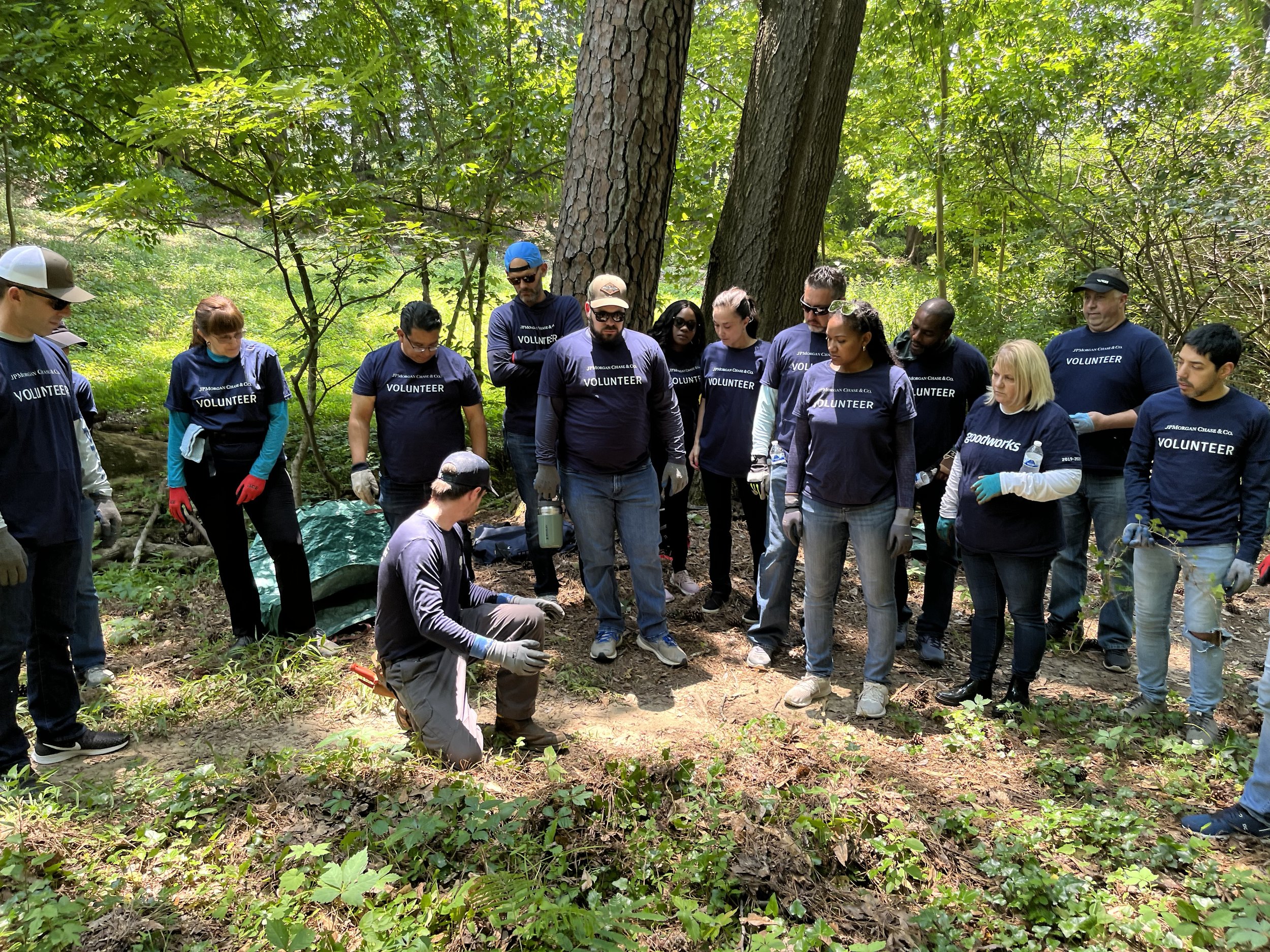
Woods Keeper at
Chastain Park

Chastain Park Summer Update 9.10.23
Invasive plants stiltgrass (Microstegium vimineum) and porcelain berry (Ampelopsis brevipedunculata) have been the main targets this summer as work continues down by the champion Green Ash tree. We’re observing wonderful native plants like jewelweed, spotted St. John’s wort, goldenrod, and late boneset, all in abundance. And how exciting it was to find the native Cranefly orchid where there once was a carpet of English ivy.
English ivy is always on the removal list and on one occasion we were joined by a big group from Chase Bank who provided many helping hands towards that effort. THANK YOU VOLUNTEERS! Additionally, we ventured out a bit from our usual workspace to address some kudzu along Nancy Creek near Lake Forrest Dr. & Interlochen Dr.
Fall is almost here and boy are we ready!
Michael Hudgins
Woods Keeper
Native Cranefly Orchid
Tipularia discolor
Late Boneset
Eupatorium serotinum
Native Jewelweed
Impatiens capensis
Chase Bank Volunteers
In Spring of 2022 Woods Keeper began work at Chastain Park in an area once nicknamed “kudzu canyon” that’s no stranger to restoration work. Many native plants like trillium, buckeye, sunflower, goldenrods, and asters are naturally returning in some areas while remaining invasive plants like English ivy still dominate in others (before-&-after shown below). Other targeted non-native invasive plants include privet, porcelain berry, elaeagnus, stiltgrass, and multiflora rose.
Working alongside Chastain Park Conservancy who is actively planting native plants throughout the park, Woods Keeper is continuing restoration efforts to remove and suppress these harmful invasive plants while nurturing the native plants and trees that support our local ecosystem. A small offshoot of Nancy Creek runs through the area supporting healthy populations of jewelweed, American jumpseed and much more. The stream flows over the roots of an enormous green ash tree (shown below), a tree so big it made the Atlanta Champion Tree list at #2 for this endangered species.
As the transformation unfolds from an unhealthy and overwhelmed landscape to a biodiverse and abundant woodlands, beauty will naturally follow. Check back for updates, or better yet come see for yourself!
**Does native habitat restoration mean every plant that’s non-native will be removed? No. We believe non-native plants can have a place in landscapes as long as they are not invasive. This issue is not black and white and often requires a nuanced discussion involving the specifics of the site.
Not only does invasive plant removal improve the health and beauty of our natural areas, it also improves sight lines making shared spaces feel more inviting and safe.
Brian Barnes of Chastain Park Conservancy and Eli Dickerson of Park Pride measure the large green ash (Fraxinus pennsylvanica).
A host to swallowtail caterpillars and many moths, green ash trees also provide cover and food to many bird and animal species. The green ash has rapidly become endangered in North America due to the Emerald Ash Borer, an invasive beetle whose larvae feed on the inner bark ultimately killing the tree.
Still seemingly healthy for now, this green ash at Chastain Park measures over 11 feet in circumference, 100 feet high, and 60 feet in average crown spread putting it at #2 on Trees Atlanta’s Champion Tree list.


















